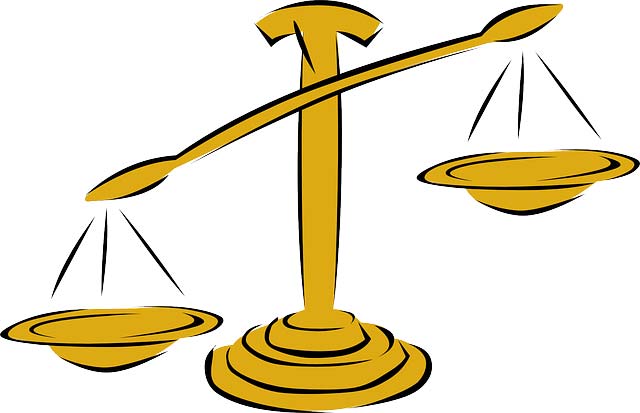The debt service ratio often referred as DSR is a term which is used in the niches of economics and government finance to denote the debt service ratio of a country which is nothing but a ratio of the payments of the debt service which is a summation of the principle and the interest to the earnings that are made from the exports.
A lower value of this ratio indicates that the international finances of a country are in a healthy state and are working in the perfect condition.
Does It affect the loan amount which you can get?
Well, a bank determines your eligibility on the basis of these four factors as follows:
- The debt servicing ratio of yours
- The risk profile that has been generated for you
- The valuation of your property which means the calculation of its total value
- The loan to value ratio divided by the finance margin that is made available for you.
This clearly means that the value of your loan will surely be affected by the DSR for sure.
More about the DSR
The purpose of the DSR is that it shows the part of the income of a person that is being used for the installments of a service debt. It is represented in the form of percentage of the total amount of the income and is derived with the help of its two major components namely the commitment and the income.
There is a nice and simple formula for the calculation of the DSR which is as follows:
Income in Malaysia Ringgit
Debt Service Ratio = Monthly Commitment / (Monthly Income x 1oo%)
Income in Singapore Dollar
Debt Service Ratio = Monthly Commitment / (Monthly Income x 250%)
| Net Income | Maximum allowable DSR |
|---|---|
| < RM3000 | 60% of Net Income |
| < RM6000 | 70% of Net Income |
| < RM10,000 | 75% of Net Income |
| > RM10,000 | 80% of Net Income |
The calculations of the DSR can range in high differences when it comes to the deal of different banks. The final DSR will differ on the basis of all of these.
The reason for such difference is that the different banks have different methods for the circulation of the methods for the income as well as the recognition of the commitment.
Let us have a look at the various examples of the difference in the amount of the total DSR due to a number of factors:
First example: The standard charted banks might be doing their calculations on the basis of the gross income. However, there are also some banks that do this calculation on the basis of the net income of an individual.
Second example: The banks such as the CIMB and the HSBC may be recognizing the complete income of rental however; the public sector of the banks as well as the OCBC might consider it for just 80%.
Third Example: The RHB just recognizes 45% of all the income that is derived from foreign sources, while the other banks might consider the full value.
After the DSR has been calculated, the bank will set its way off to follow the guidelines that are adjacent of their authorization.
Bottom Line
So that was all about the DSR and its role in the loan. That is all we have for today.

